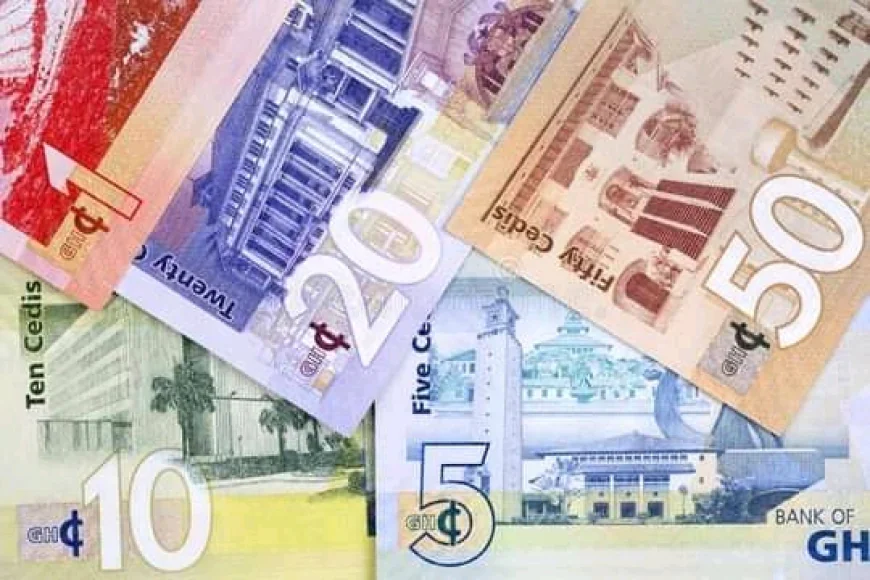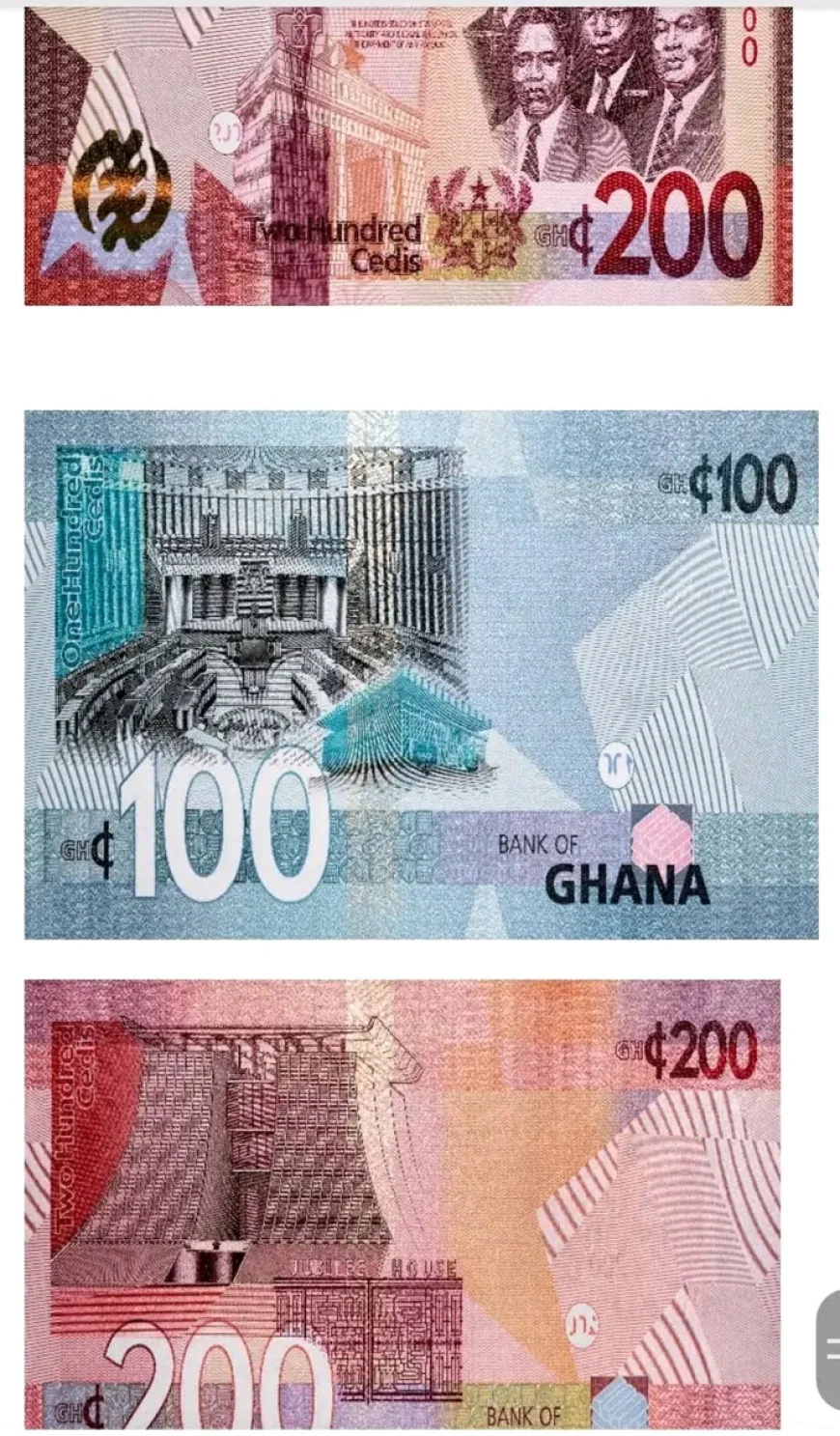Ghana Cedi Turns 60: A Symbol of Sovereignty & Change
Cedi at 60: Ghana Celebrates Six Decades of Monetary Sovereignty

Ghana is marking the 60th anniversary of its national currency, the cedi—an enduring symbol of independence, identity, and economic evolution.

The cedi, introduced on 19th July 1965, replaced the British-influenced Ghana pounds, shillings, and pence, as the country transitioned to a decimal currency system. Its introduction marked a critical break from colonial monetary practices and established a foundation for Ghana’s own monetary policy under the newly formed Bank of Ghana.
Derived from the Akan word "sedie", meaning cowrie, the cedi took inspiration from shell money that was widely used in local trade in the 19th century. The pesewa, the smaller unit of the cedi, draws its name from the smallest quantity of gold dust once used in pre-colonial transactions.
Prior to 1958, Ghana’s currency issuance was controlled by the West African Currency Board (WACB), which circulated the West African pound, shillings, and pence. However, following independence, the Bank of Ghana officially assumed responsibility for issuing currency, starting with Ghana pounds, shillings, and pence in July 1958.
In 1965, under President Dr. Kwame Nkrumah, the first cedi notes and pesewa coins were introduced, bearing his portrait. However, after Nkrumah’s overthrow in 1966, the military government replaced the currency with a new version on 17th February 1967—removing Nkrumah’s image and rebranding the unit as the “New Cedi” (N¢). This remained until March 1973, when the term reverted simply to “cedi”.
A major currency reform came in March 1979, when the government demonetised existing notes and introduced new ones, applying discounts on exchanged amounts to combat black-market hoarding. Further reforms followed, including multiple denominations introduced between 1972 and 2002—ranging from ¢2 to ¢50,000 for coins and notes.
Over six decades, the cedi has undergone structural and design changes to reflect Ghana’s political, economic, and cultural evolution. It has weathered inflationary pressures, redenominations, and digital transitions, yet remains a symbol of national resilience.
The Bank of Ghana, in commemorating the anniversary, noted the cedi’s journey as central to the country’s monetary history. “The cedi tells the story of Ghana’s assertion of economic independence. It is not just a currency—it is a reflection of our national identity and progress,” the central bank stated.


